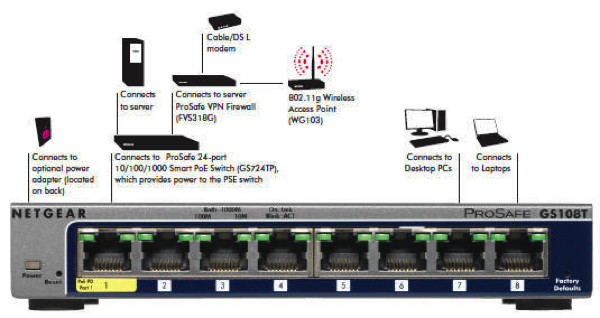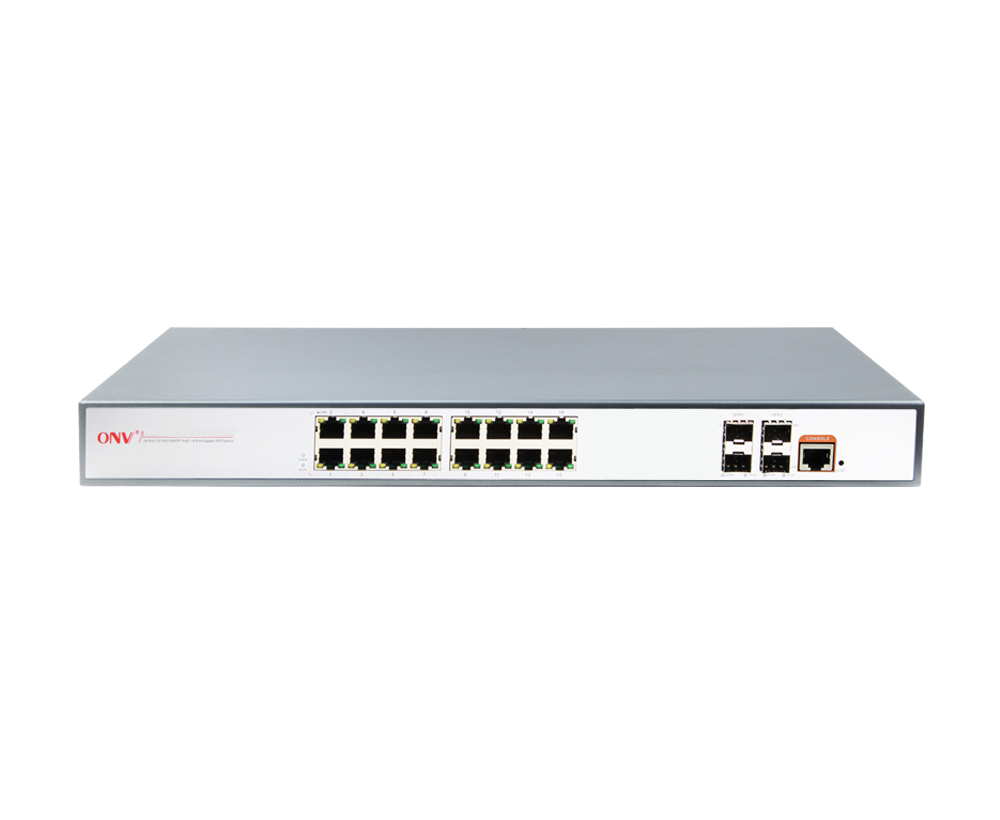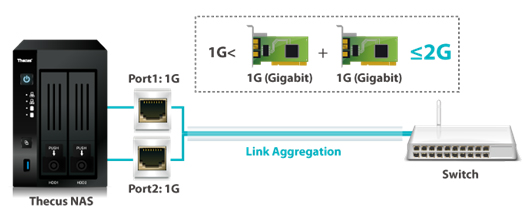Ethernet Port Aggregation. A Gigabit Ethernet port channel balances the traffic load across the links by reducing part of the Note In prior Cisco IOS releases, the Cisco-proprietary Port Aggregation Control Protocol (PAgP). Link Aggregation takes several full-duplex Ethernet links running at the same speed and binds them o All of the corresponding ports on the link partner must be configured in a static aggregation.

Understanding Aggregated Ethernet Interfaces and LACP for Switches.
Bonding is a technology that allows aggregation of multiple ethernet-like interfaces into a LACP balances outgoing traffic across the active ports based on hashed protocol header information and.
Aggregation group, member port, aggregate interface. In computer networking, the term link aggregation refers to various methods of combining (aggregating) multiple network connections in parallel in order to increase throughput beyond what a single connection could sustain, and to provide redundancy in case one of the links should fail. Forcing LAG Links or Interfaces with Limited LACP Capability to Be Up.







